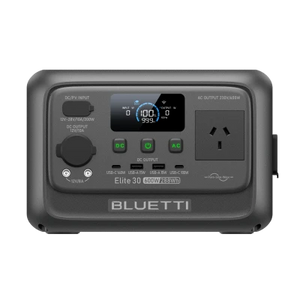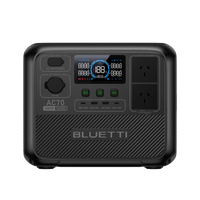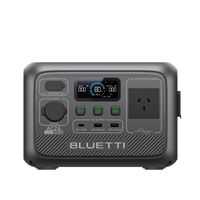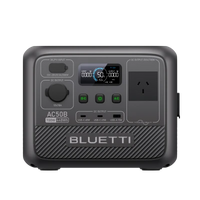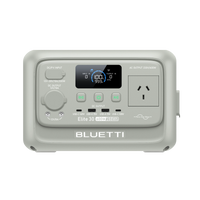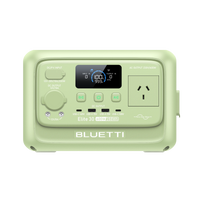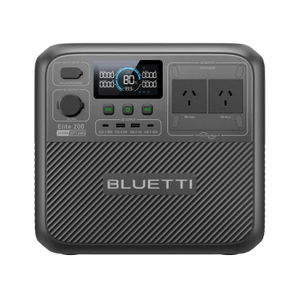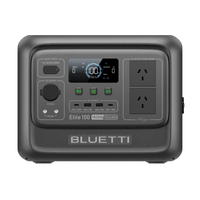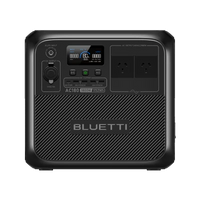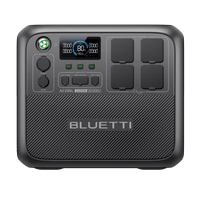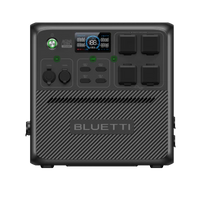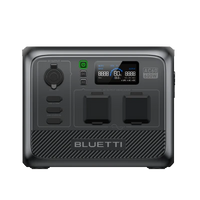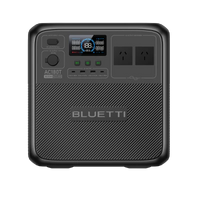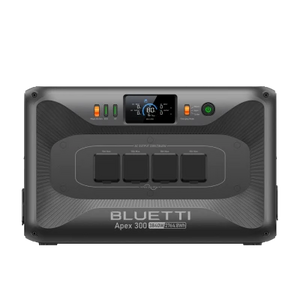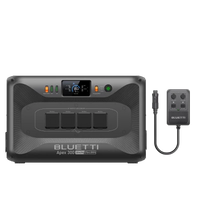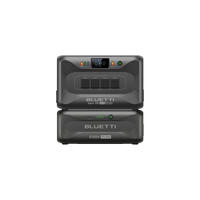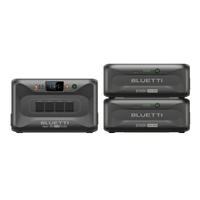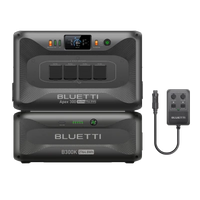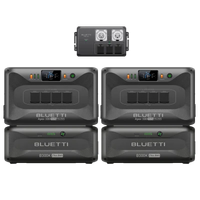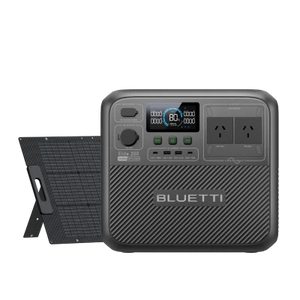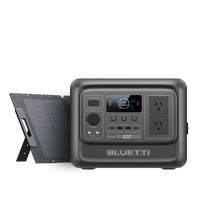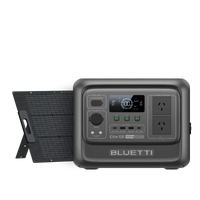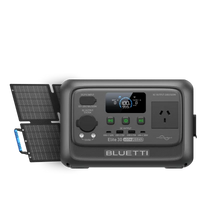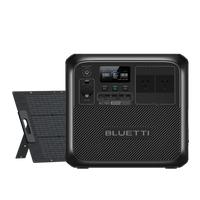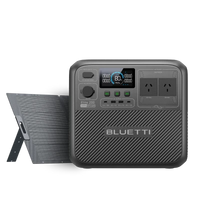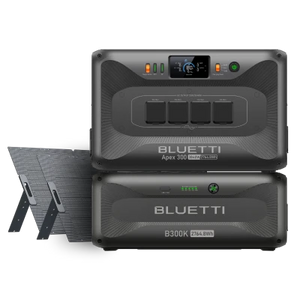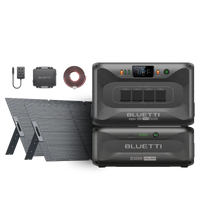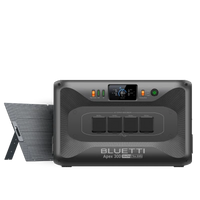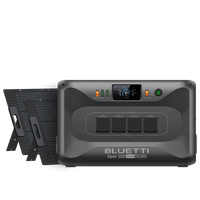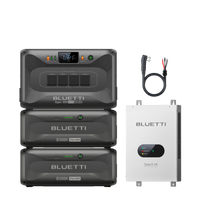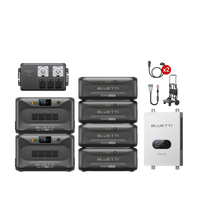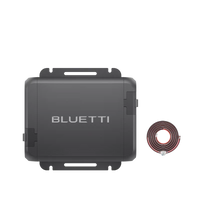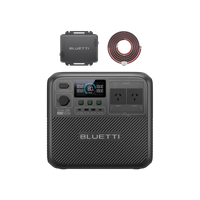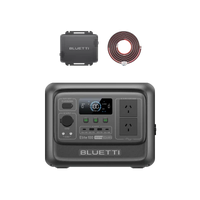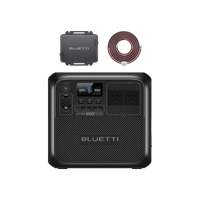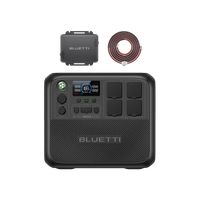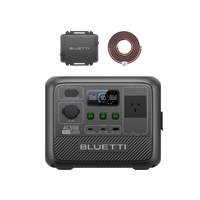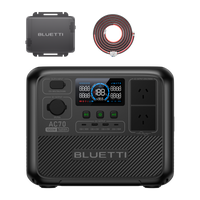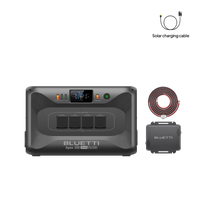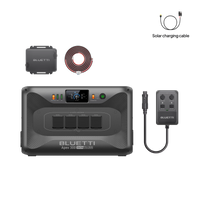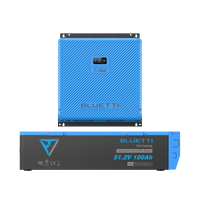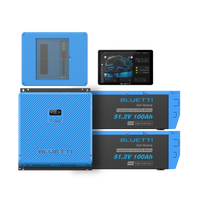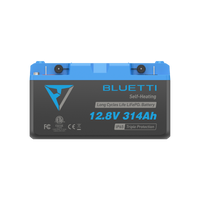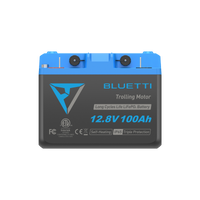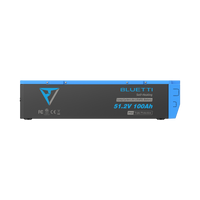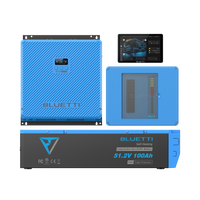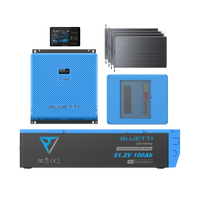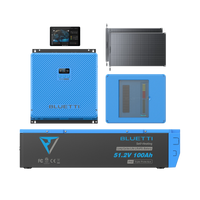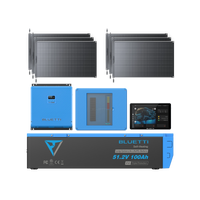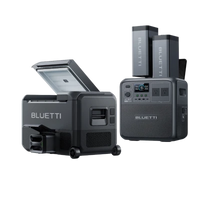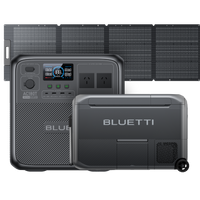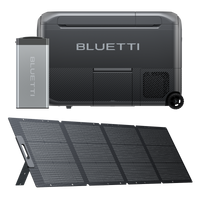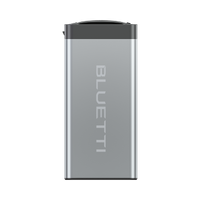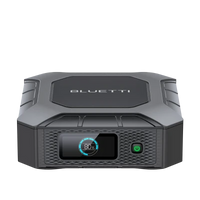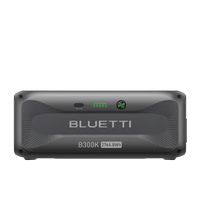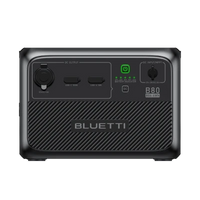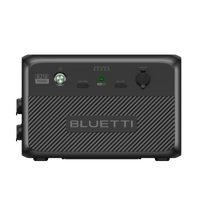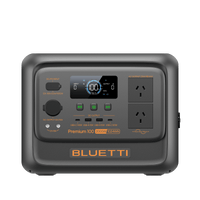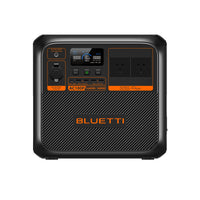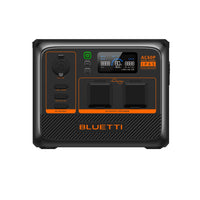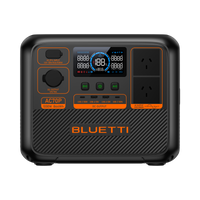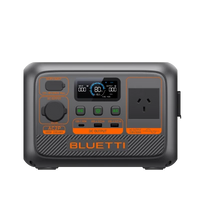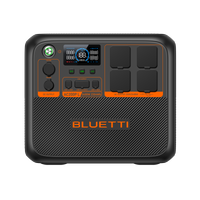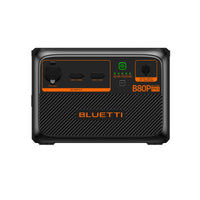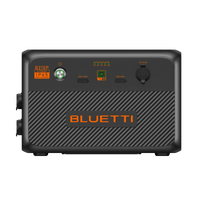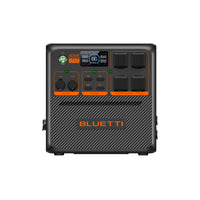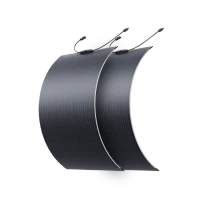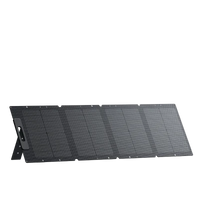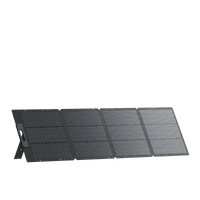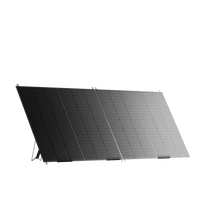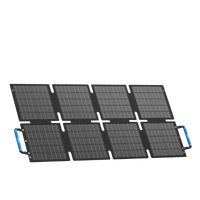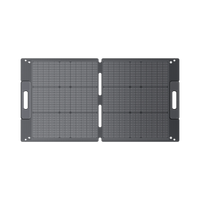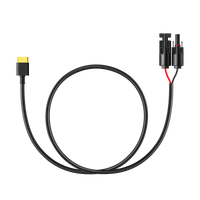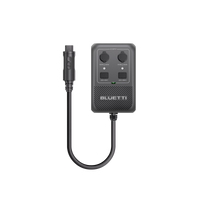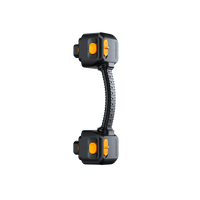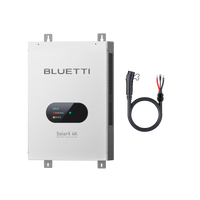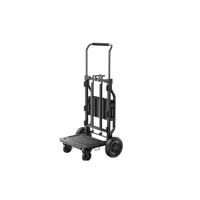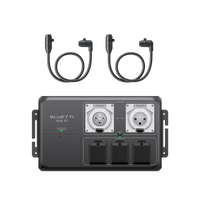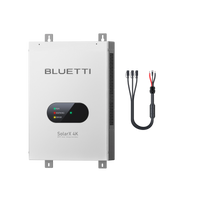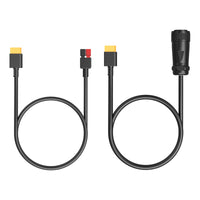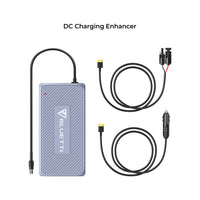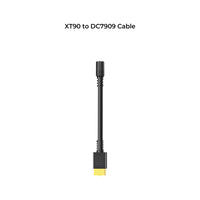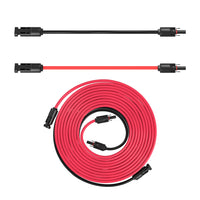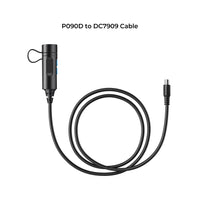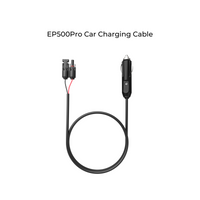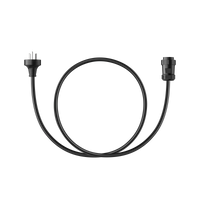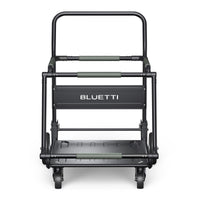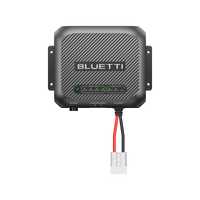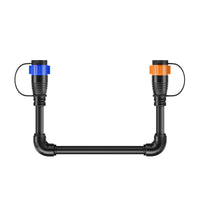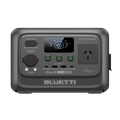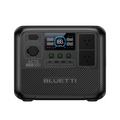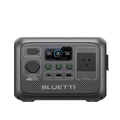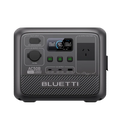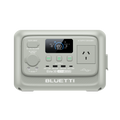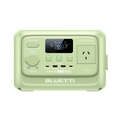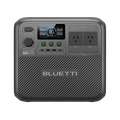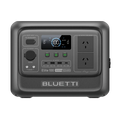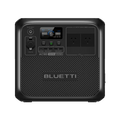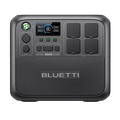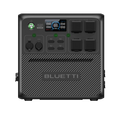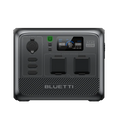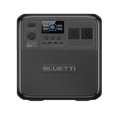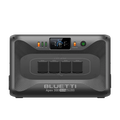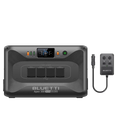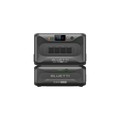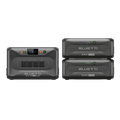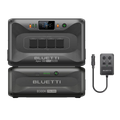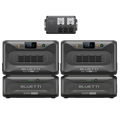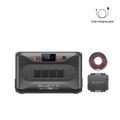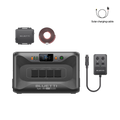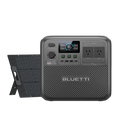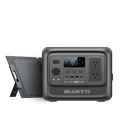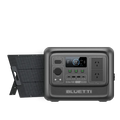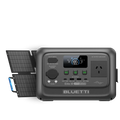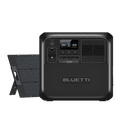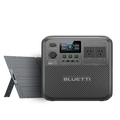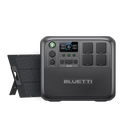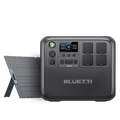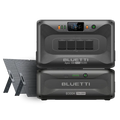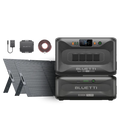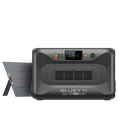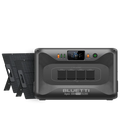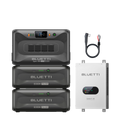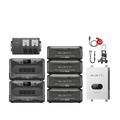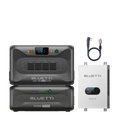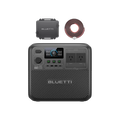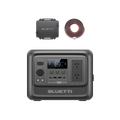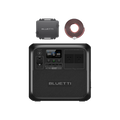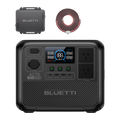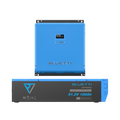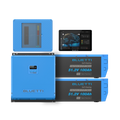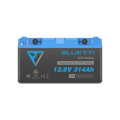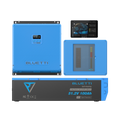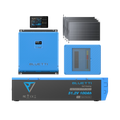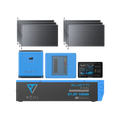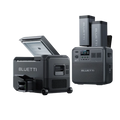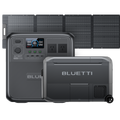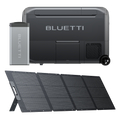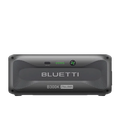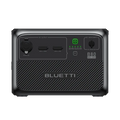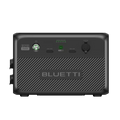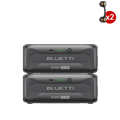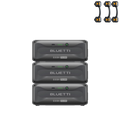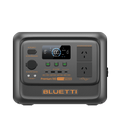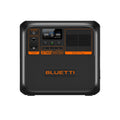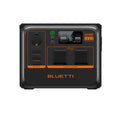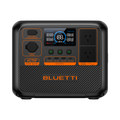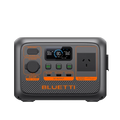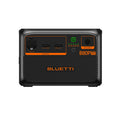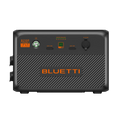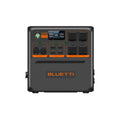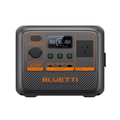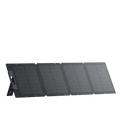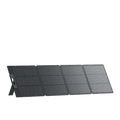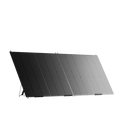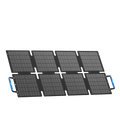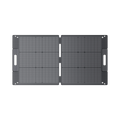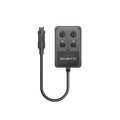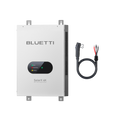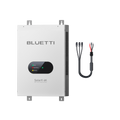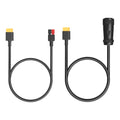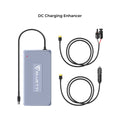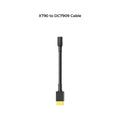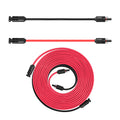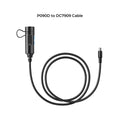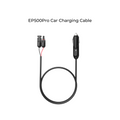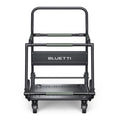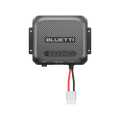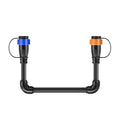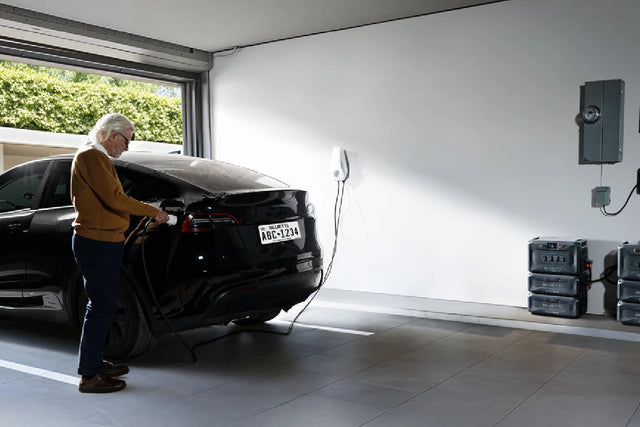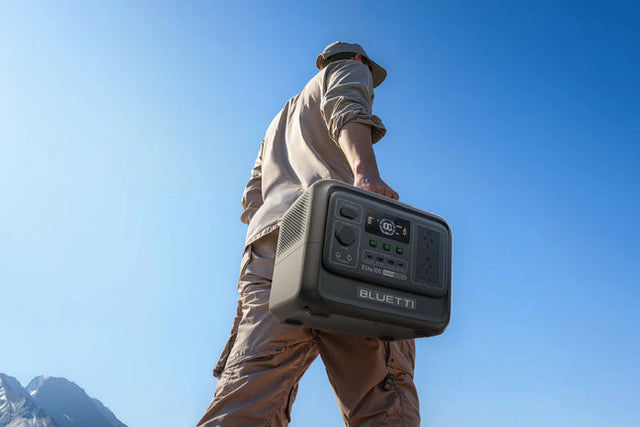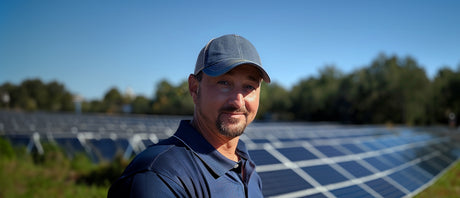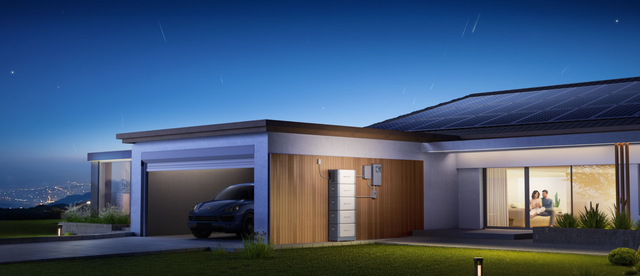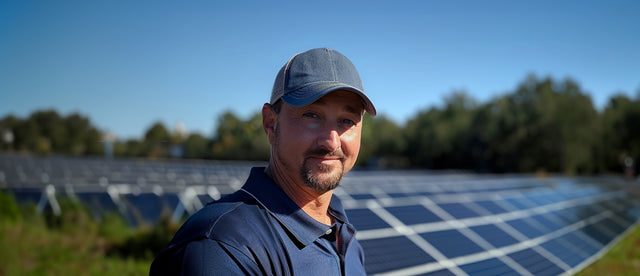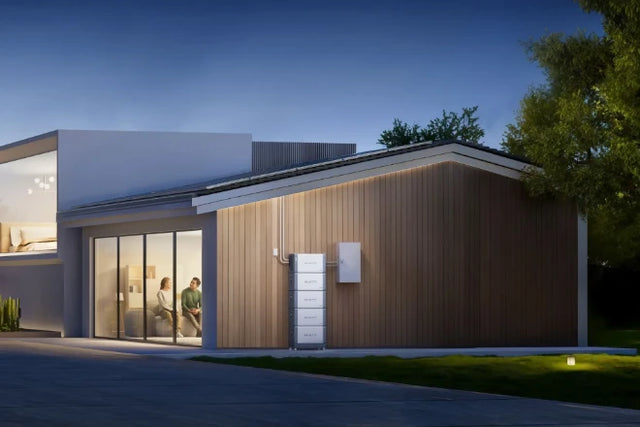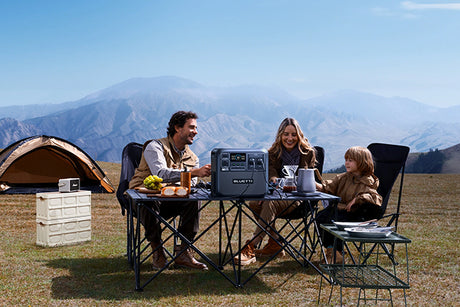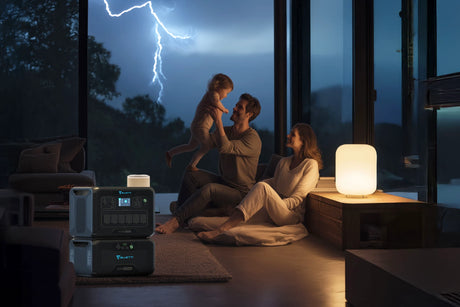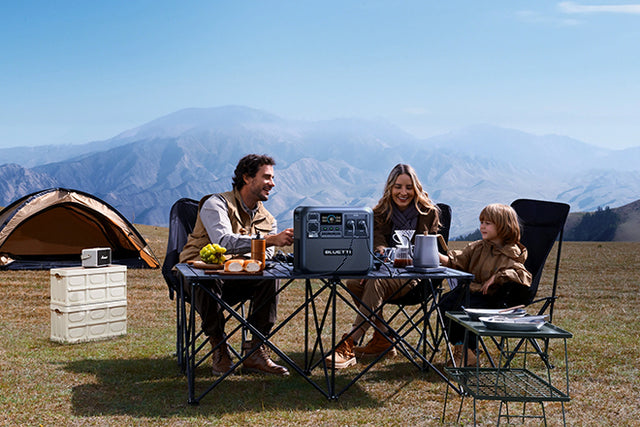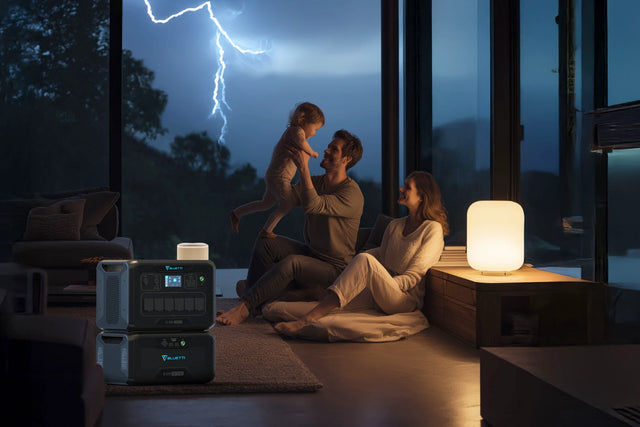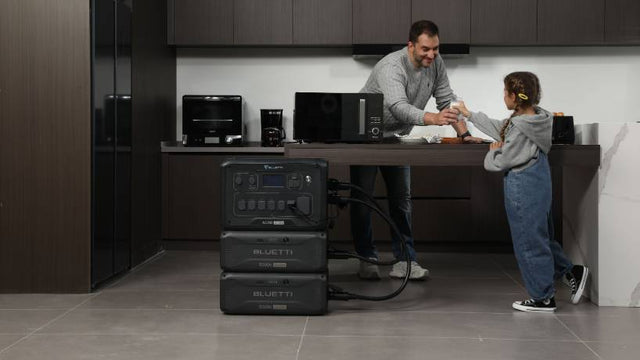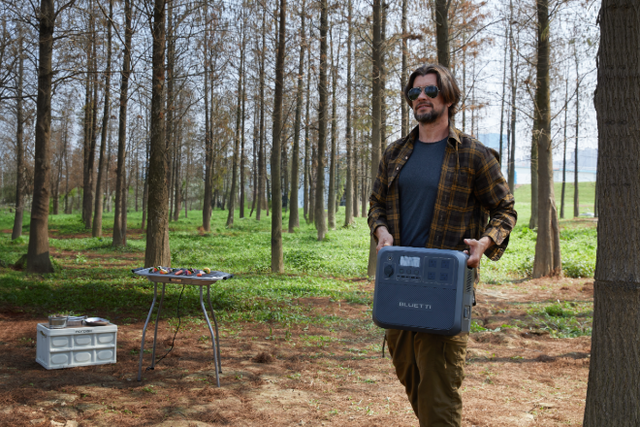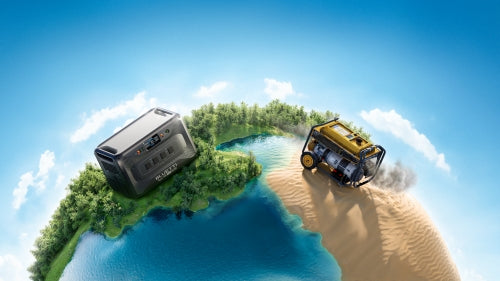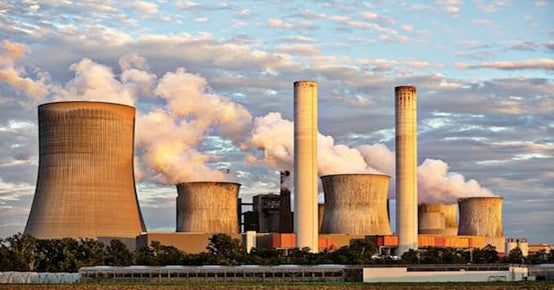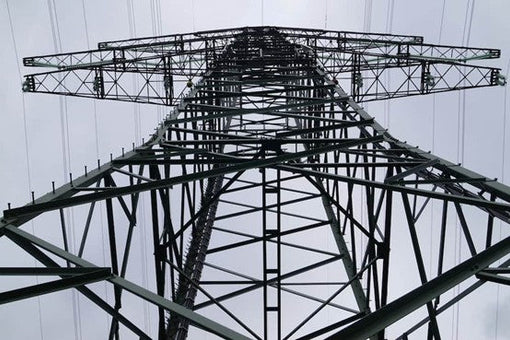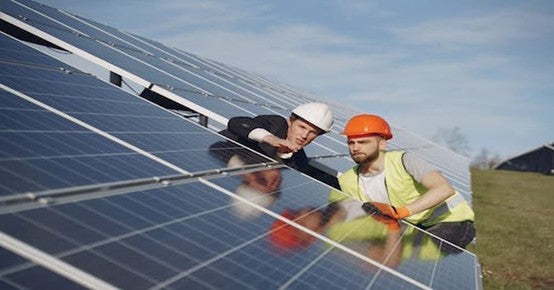Australia is at the forefront of adopting clean energy. It's one of those countries where many homes are installing solar panels each year. And more businesses in this country are increasingly seeking reliable backup power. But there is one overriding issue. Apart from the consideration that the wind does not blow at all times, the sun also does not shine at night. And this is precisely where battery energy storage systems come into play, providing reliable solutions. These powerful setups offer an effective method of storing excess energy to be utilised in the future. With such devices, residences and businesses can remain powered at all times. As a result, they bring the true reliability of renewable energy.
What is a Battery Energy Storage System (BESS)?
It's a device that stores electric energy in batteries. You can pretty much compare the battery energy storage system to an enormous rechargeable battery. This installation keeps the surplus power you produce. It releases this stored power whenever you produce fewer powers and you need more.
Basic Components of BESS
Any battery energy storage system generally has four principal components. These include:
- Battery cells. Aside from holding the power, they are also the heart of this machine.
- Inverters. Their primary application for household use is to convert DC energy into AC energy.
- Power electronics. Aside from regulating the flow, they also protect the system from being destroyed.
- Thermal management. Their shared purpose is to keep everything at the proper temperature.
Lithium-ion technology is a key component in some of the latest systems. There are others, however, that use enhanced chemistries. Lithium iron phosphate, or LFP, is a good example of these chemistries. This means cells aggregating in impressive bundles. The power stored in one bundle can be enough to power your entire house.
Inverters transform direct electric current to alternating electric current in a matter of seconds. So, this makes it easy for your house to utilise the stored energy. Power electronics control the discharging and charging of the battery. They also ensure maximum efficiency with optimised performance.
How It Works
There's one unique, simple layout followed by the battery energy storage systems. The starting point is the solar panels that generate electricity during the day. In this case, your house will utilise what it needs as the battery reserves the extra one. This phase is known as the charging stage.
The panels don't produce electricity during the night. However, you need power in these times. Therefore, it's at this point that the battery now discharges the reserved power. You can use this energy to run devices, lights, and even appliances. The process repeats itself daily. In fact, the latest can repeat that cycle thousands of times.
Understanding Power and Energy Capacity
The term power capacity signifies the amount of power flowing at any given moment. Kilowatts, or kW, is the standard unit of measurement. For instance, a 5-kilowatt battery can easily energise 5000 watts simultaneously. This capacity is enough to address the needs of most homes.
Additionally, the energy capacity refers to the total amount of energy that can be stored. kWh or kilowatt-hours is the standard unit of measurement for this one. For instance, a 10-kilowatt-hour battery can easily produce one kilowatt for up to ten hours. In Australia, you'll find most houses consuming from 15-kilowatt-hour to 20-kilowatt-hour daily, but this also varies widely.
Generally, the duration is what dictates the lifespan of a battery. For instance, a 10-kilowatt-hour storage with a 5-kilowatt-hour output features a two-hour duration. It's common for most residential houses to provide a duration of two to four hours.
Types of Battery Technologies and Trade-offs
Every battery has a definite purpose. Additionally, each battery has its own merits and demerits. In addition, selecting the perfect one adds significantly on both a financial and operational basis.
Lithium-ion Batteries
These days, the majority of battery energy storage systems utilize lithium-ion batteries. In the scenario using nickel manganese cobalt or NMC batteries, they store an awful lot of energy in extremely small places. They enjoy the distinct characteristic of being extremely high power density. Again, however, they also require strict temperature regulation, not to mention the fact that they are more expensive.
Safety and longevity are the key areas of concern when it comes to lithium iron phosphate, or LFP, batteries. For example, the LFP batteries will be more long-lasting than NMC batteries. Again, they tolerate heat very well. Their production cost is also extremely affordable. Generally, the market considers LFP the best option for most stationary-based battery energy storage systems.
Benefits of lithium-ion technology:
- It has a quick time-to-respond, generally expressed in milliseconds
- It has high-level efficiency ranges of 90-95%
- It has small dimensions but a big capacity
- It has progressively falling prices year-to-year
- It has been tested and proven to work extremely well in Australian climates
Drawbacks of lithium-ion tech:
- Its beginning price still remains incredibly high
- Its carrying capacity declines as time passes
- It's temperature-sensitive and therefore must be cooled
- It also presents a fire risk when mishandled or damaged
- The recycling infrastructure is yet to be 100% developed
Flow Batteries and Next-Generation Technologies
The energy storage within the flow batteries occurs within the liquid electrolytes. Within vanadium redox batteries, they are expected to last for more than twenty years. Their main characteristic is isolating the components of the energy as well as the power. Within the batteries, however, the large tanks become an outright necessity for the fluid. In effect, this only serves to make them big & cumbersome.
Another exceptional example is the solid-state battery. It differs in using solid materials instead of the liquid electrolyte. It is significant because it ensures high safety. It's not entirely ripe for large applications. It is also very expensive.
Finally, there are sodium batteries that use lithium in place of the plentiful sodium. It is the defining feature that makes them more accessible as well as cheaper. Safety-wise, they're the best when put next to other lithium cases. Despite this, they possess a lower energy density.
Performance in AU Conditions
Battery energy storage systems in Australia face a unique set of challenges. Consider the example of the Northern region, which experiences extremely high temperatures. Do not forget the Southern region, which measures temperature variation. There are also remote regions where maintenance access is not made available.
You might want to consider using LFP batteries when you need to do well at high temperatures. The performance of these LFP batteries will be great at forty degrees Celsius and so on, but they perform badly below zero degrees Celsius. Cooling is required for the NMC batteries. That ends up spiking the cost of operation, mostly in hot climates.
There is an extremely vast number of available IP65 or higher rating systems. Due to the aforementioned fact alone, they profess weatherproofing for dust, UV radiation, or humidity.
|
Battery Type |
How Long It Lasts (Cycles) |
Cost per kWh |
Efficiency |
Temperature Tolerance |
Where It Shines |
|
NMC |
800-2000 cycles ( but bear in mind this varies based on the formulation) |
On the pricier side |
Around 92-95% – gets the job done efficiently |
Pretty sensitive to heat and cold, so watch the temps |
Great for home setups where space is tight, like apartments or small houses |
|
LFP |
Impressive 3000+ cycles ( this is under most conditions, but expect it to shoot up to over 10000 cycles when it comes to optimal conditions) |
More reasonable, mid-range pricing |
A bit better at 96-98% |
Handles temperature swings like a champ, low fuss |
Perfect for whole-home batteries or backing up the grid on a larger scale |
|
Vanadium Flow |
>10,000- 20,000 cycles ( about 15-20 years of time durability, basically forever if you maintain it ) |
Yeah, it's expensive upfront |
70-85%, isn’t highest, but steady |
Super chill, barely notices weather changes |
Ideal for huge energy storage projects, like stabilizing power grids |
|
Lead Acid |
Only 500 to 1,200 cycles – basic but gets you by |
Dirt cheap, the budget king |
70-85%, nothing fancy but reliable |
Middling – okay in most spots, but not extreme |
Handy for simple emergency backups when you're pinching pennies |
Deployment & Scaling

Australia just achieved 46% growth in battery energy storage. That's a clear indication that it will continue to rise. Additionally, the nation registers new projects every other quarter.
Current Grid-Scale Deployments
Australia has been at the forefront of utility-scale battery storage. There are some world-leading projects in the country, including:
- The Hornsdale Power Reserve project of 100 MW started in 2017
- The Victorian Big Battery 300 MW facility, offering some grid services
- The 25 MW Gannawarra Energy Storage, subsequently the culmination of storage as well as solar integration
Hornsdale was also exceptional in taking corrective action on frequency-related applications within milliseconds. Consequently, it ended up saving millions of dollars in grid stabilisation fees. The Victorian Big Battery also excels in storing extra renewable energy. It also excels in delivering frequency control-related services. This has helped prevent congestion on the transmission network.
Another interesting fact relates to an event experienced in early 2025. It relates to the six utility-scale projects that reached financial close. It adds 1.5 GW of capacity. It's essentially an investment worth approximately AUD 2.4B.
Residential and Community Scale
Home batteries exhibit stellar growth relative to grid-scale batteries. Indeed, studies conclude that there are currently over 200,000 homes in Australia fitted with battery storage. The vast majority of it is part of rooftop solar panel installations.
Residential systems mainly feature:
- 5 to 15 kW storage capacity
- Backup power during outages
- More independence from the grid
- Chance to earn money by being involved in a virtual power plant
Community batteries sit right in the middle. Think of them as neighborhood-sized installations serving multiple homes. They come with people sharing the storage capacity. They also come with no instances of individual installation costs.
With the scenario for commercial installations in mind, they range from small businesses to big business premises. For the factories, they minimize peak costs for demand using batteries. For the shopping centers, however, they primarily use the batteries for backup power supply.
Grid Services and Value Streams
Main grid services also get achieved with the help of battery energy storage systems. Generally, the systems also facilitate the stability of power.
What BESS Offers as Grid Service
Frequency stands out as the highly rated service that controls ranks. FCAS, or Frequency Control Ancillary Services, plays a crucial role in maintaining the grid frequency at approximately 50 Hz. Additionally, the top FCAS provider remains battery storage.
Predict frequency to slow down whenever the power supply trips off-line. It's normal for the batteries to know that right away and release power after. They actually do so in less than a second. It's noteworthy that this differs substantially from the application of gas generators, which tend to kick-start after some minutes. Batteries stand out in particular for responding in less than one second.
The primary grid services are:
- Improvement of grid stability using Frequency Control (FCAS)
- Prevention of equipment degradation via voltage regulation
- Peak demand reduction using peak shave applications
- Renewable-related integration via the grid-forming capacity
How BESS Can Mitigate the Intermitency of Renewables
Sometimes power gets intermittent as a result of the variable nature of the solar/wind production. Other than the variability of wind speed from one hour to another, the sun also goes down in the evening. The primary solution for the issue is the use of batteries.
It gets replenished when the renewables supply more power than demanded. It gets drained only when the renewables production decreases, thereby equalizing the power supply. It thus stabilizes the grid through reliable/stable power.
It's during midday when the AU solar farms produce vast volumes of electricity. It's when the grid has less demand, as the batteries hold the additional electricity. Storable energy becomes all the more reliable during night or peak evening periods.
Revenue and Policy Mechanism
There will also be certain channels where the battery energy storage systems make profits. Those are:
- Certain streams for regular frequency income through the FCAS markets
- Exploiting prices during peak & off-peak times by energy arbitrage
- Deferment of upgrading infrastructure through network facilities
- Reliable backup power rewards through capacity payments
|
Service Type |
Typical Payout Range |
Response Time |
|
FCAS Contingency |
$1,000 to $5,000 per MW per day; yes, that's some serious cash for being on standby |
Less than a second, basically instantaneous, no messing around |
|
FCAS Regulation |
$500 to $2,000 per MW per day; still pretty decent for the effort |
Under 6 seconds, quick as a blink, but gives you a tiny breather |
|
Energy Arbitrage |
$50 to $200 per MWh on the spread; more like playing the market swings |
Minutes at most, so you can think it through a bit |
|
Network Support |
$20,000 to $100,000 per MW per year; long-term steady income |
Hours of notice, plenty of time to gear up without the panic |
Costs, Economics & Lifecycle
You see, understanding costs will allow you to make decisions about storage. These battery energy storage systems require large initial cash outlay, but eventually pay off.
Capital Costs and Installation
The standard installations charge you the following:
- Residential (10-15 kWh): $8,000-$15,000
- Commercial (50-100 kWh): $30,000-$70,000
- Inverters for homes: $2,000-$5,000
- Balance of system: $1,500-$3,000
- Installation labor: $1,000-$2,500
Costs of Operation and Degradation
You do not have to worry about the upkeep of modern batteries, as they require minimal maintenance. Lithium-ion battery energy storage systems typically cost \(200-\) 500 to undergo an annual professional inspection.
Eventually, swapping is necessary with inverters, which have a good lifespan. Your own can be 10-12 years until that occurs.
It is part of the natural process for batteries to lose their capacity over time. The best ones decline by just 20 per cent over a decade, which warranties can address quite well.
Chemical cycle life of battery:
- LFP batteries: 6,000-8,000 cycles
- NMC batteries: 3,000-5,000 cycles
- Flow batteries: 20,000+ cycles
Safety, Standards & Regulations
Your battery energy storage systems have to be good and strong. Proper installation and use will eliminate the risks.
Fire Risk and Safety Systems
Thermal runaway is your first concern in terms of safety. This is where a battery cell is starting to get hot, and it is dangerous. The chemical reactions occurring in battery packs are because of electrochemical processes. However, heat plays a role in accelerating the reactions.
Using LFP chemistry, you will be able to enjoy better thermal stability and lower thermal runaway. Cells feature safety, like battery management systems & temperature sensors. These help to detect an increase in temperature at the right time. Automatic cooling systems ( part of the overall design) are then turned on to cool the battery.
Australian standards of safety are:
- AS/NZS 5139, relating to Battery safety.
- AS/NZS 3000 (electrical work rules), on wiring.
- Systems should be installed only by certified electricians.
- The walls that separate the occupied areas and the batteries are fireproof.
Permits and Grid Connection
You will, in most cases, need to seek permission from local councils in advance. All the technical needs of the system will be done by your utility, developers, and installers. This should take a few weeks, depending on the approach taken.
Applications and Use Cases
There are many ways battery energy storage systems can be used.
Homeowner Solutions
Home applications include:
- Spare power in a power outage.
- Maximising the use of sunset.
- Time-of-use saving bill maximisation.
- Off-grid liberty of property.
BLUETTI EP760
BLUETTI EP760 can be regarded as an ideal home battery energy storage. Your growable size range is 4.96 kWh to 19.84 kWh. It is able to give a sustained power of 7,600W to energize your house. The LFP batteries deployed here should have life cycle of more than 6,000 cycles. Also, your existing solar systems can easily be incorporated.
BLUETTI Apex 300

BLUETTI Apex 300 is a very good mobile energy product. Its capacity is 2,764.8Wh and can be expanded to 58kWh with a series of battery additions. You can convert 3,840W to 11.52kW in a flash. It will be a perfect RV vacation destination companion. It can also be applied in an emergency plus other applications. It can be completely charged with the sun in about 1.9 hours. What is impressive is the fact that automotive grade LFP cells have the capacity to offer more than 6000 cycles, or seventeen years plus.
Grids and Community-Scale Applications
Neighbourhood storage is a form of storage that delivers services to a household by sharing infrastructure systems. You share the costs of installation and operational costs. Microgrids have the potential to serve a whole neighborhood at once, when you need it the most. When larger outages occur, they can be de-energized off of the main grid. You want this very much in bad weather.
Challenges and Future Projections
In spite of the aggressive forward momentum, there are still a host of issues today.
Current Limitations
Apparent challenges are as follows:
- Battery life is no more than ten to fifteen years;
- High upfront cost, relatively in the thousands;
- Energy density limitations resulting in large and heavy batteries;
- Recycling infrastructure development in the industry.
Future Technologies
Developments with promise are:
- Solid-state batteries, with significantly higher energy density
- Sodium-ion batteries, founded on more plentiful materials
- AI optimization, which puts more money in your pocket
- Virtual power plants that aggregate distributed batteries for stability
The cost of the battery has dropped by fifty percent in the last five years, and it's continuing to drop. It will drop at least another fifty percent by 2030.
Role in Net Zero Targets
Australia is committed to net-zero emissions by 2050. Battery energy storage systems today support substitution (though not 100%, since there are some challenges) of fossil fuels with renewables.
What You Need to Do
Battery energy storage systems have transformed the energy landscape in Australia. Renewable energy is now cost-effective and reliable.

Key points
Considerations to keep in mind:
- Price matters but quality will give you greater value of ownership in the long run
- Professional installation and sizing of LFP reduce disappointments and problems
- Safety requires compliance with standards and regulations
- LFP chemistry is the ideal blend of performance for most applications
For Homeowners
Call to action:
- Assess your energy usage patterns
- Assess your backup power needs
- Obtain proposals from at least three qualified installers
- Select systems that are expandable in case you wish to add more later
- Check installer licensing, certifications, etc.
You will need to have a thorough comparison. Don't decide based on purchase price alone. Find out warranty coverage. Look into the manufacturer's reputation.
Frequently Asked Questions
- How long do battery energy storage systems last?
Generally, good quality lithium-ion battery energy storage systems will last you ten to ten and a half years. LFP batteries can look beyond this with 6,000 to 8,000 cycles.
- Can I install a battery and not have solar panels?
Yes, batteries will work for you today without solar panels. Batteries charge effectively from the grid in off-peak times. You'll save lots of money in the future when you get solar installed.
- Do batteries work when the grid goes down?
Most systems will work for you when the grid goes down. These systems detect a grid failure and automatically switch over to back-up power.
- How do I save money with battery storage?
Typical households save $800 to $1,500 per annum once stored. Payback periods are between five and ten years.
- Are battery energy storage systems safe?
Today's systems are greatly safe for you when installed correctly. LFP chemistry minimizes the risk of fire, and multiple systems provide back-up protection.
